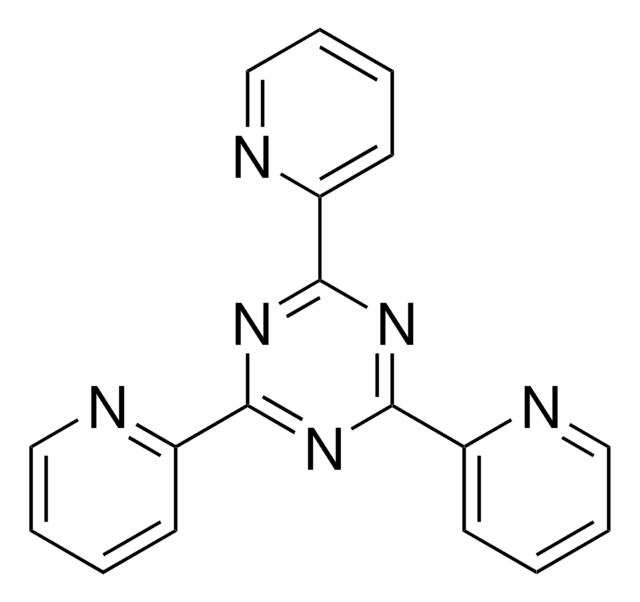MABC1638
Anti-AIFM2 Antibody, clone 6D8-11
About This Item
Empfohlene Produkte
Biologische Quelle
rat
Qualitätsniveau
Konjugat
unconjugated
Antikörperform
purified antibody
Antikörper-Produkttyp
primary antibodies
Klon
6D8, monoclonal
Mol-Gew.
calculated mol wt 40.53 kDa
observed mol wt ~40 kDa
Aufgereinigt durch
using protein G
Speziesreaktivität
human
Verpackung
antibody small pack of 100 μL
Methode(n)
ELISA: suitable
immunocytochemistry: suitable
immunofluorescence: suitable
western blot: suitable
Isotyp
IgG2a
Epitopsequenz
Unknown
Protein-ID-Hinterlegungsnummer
UniProt-Hinterlegungsnummer
Versandbedingung
2-8°C
Posttranslationale Modifikation Target
unmodified
Angaben zum Gen
rat ... AIFM2(84883)
Allgemeine Beschreibung
Spezifität
Immunogen
Anwendung
Evaluated by Western Blotting in A549 cell lysate.
Western Blotting Analysis: A 1:500 dilution of this antibody detected AIFM2 in A549 cell lysate.
Tested Appliacations
Western Blotting Analysis: A 1:500 dilution from a representative lot detected AIFM2 in HepG2 cell lysate.
Immunocytochemistry Analysis: A 1:25 Dilution from a representative lot detected AIFM2 in HepG2 cells.
Immunofluorescence Analysis: A representative lot detected AIFM2 in Immunofluorescence applications (Doll, S. et al. (2019). Nature.;575(7784):693-698).
Western Blotting Analysis: A representative lot detected AIFM2 in Western Blotting applications (Doll, S. et al. (2019). Nature.;575(7784):693-698).
ELISA Analysis: A representative lot detected AIFM2 in ELISA applications (Doll, S. et al. (2019). Nature.;575(7784):693-698).
Note: Actual optimal working dilutions must be determined by end user as specimens, and experimental conditions may vary with the end user
Physikalische Form
Lagerung und Haltbarkeit
Sonstige Hinweise
Haftungsausschluss
Sie haben nicht das passende Produkt gefunden?
Probieren Sie unser Produkt-Auswahlhilfe. aus.
Lagerklassenschlüssel
12 - Non Combustible Liquids
WGK
WGK 1
Flammpunkt (°F)
Not applicable
Flammpunkt (°C)
Not applicable
Analysenzertifikate (COA)
Suchen Sie nach Analysenzertifikate (COA), indem Sie die Lot-/Chargennummer des Produkts eingeben. Lot- und Chargennummern sind auf dem Produktetikett hinter den Wörtern ‘Lot’ oder ‘Batch’ (Lot oder Charge) zu finden.
Besitzen Sie dieses Produkt bereits?
In der Dokumentenbibliothek finden Sie die Dokumentation zu den Produkten, die Sie kürzlich erworben haben.
Unser Team von Wissenschaftlern verfügt über Erfahrung in allen Forschungsbereichen einschließlich Life Science, Materialwissenschaften, chemischer Synthese, Chromatographie, Analytik und vielen mehr..
Setzen Sie sich mit dem technischen Dienst in Verbindung.







